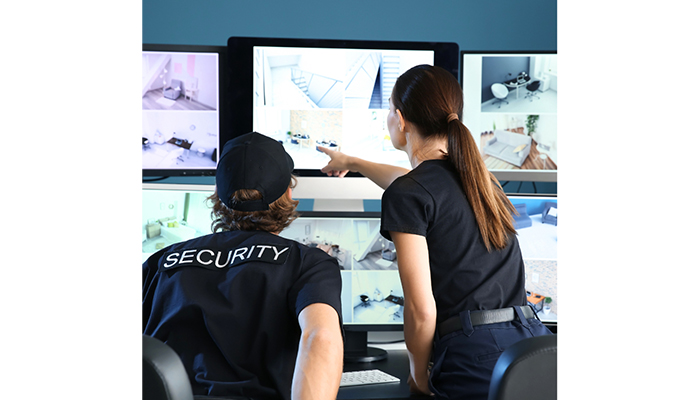Airport monitoring plays a critical role in ensuring the smooth operation, efficiency, and safety of airports worldwide. With the increasing number of passengers and growing complexities of airport operations, advanced monitoring systems have become indispensable. This article delves into the significance of airport monitoring systems, exploring their key features, benefits, and the role they play in enhancing efficiency and safety.
Real-Time Surveillance
Airport monitoring systems employ advanced technologies to provide comprehensive real-time surveillance of various areas within the airport. These systems utilise a network of high-definition CCTV cameras strategically placed throughout terminals, runways, parking areas, and security checkpoints. Additionally, they incorporate sensors and intelligent analytics software to monitor and analyse the gathered data.
Real-time surveillance enables airport authorities to promptly identify and respond to security threats, potential risks, and operational issues. The high-resolution cameras capture detailed images and videos, allowing security personnel to closely monitor activities and detect any suspicious behaviour or unauthorised access. The data collected by the monitoring systems is analysed in real-time, enabling quick decision-making and proactive responses to potential security breaches.
Passenger Safety and Security
Airport monitoring systems play a crucial role in enhancing passenger safety and security. Through video surveillance and intelligent analytics, these systems help detect suspicious activities, unauthorized access, and potential threats. They enable security personnel to respond quickly to incidents and maintain a safe environment for passengers. Additionally, these systems contribute to the prevention and deterrence of criminal activities, ensuring the overall security of the airport premises.
Operational Efficiency
Efficiency is paramount in airport operations, and monitoring systems significantly contribute to streamlining processes and enhancing operational efficiency. By monitoring key areas such as check-in counters, baggage handling systems, boarding gates, and immigration areas, these systems enable airport authorities to identify bottlenecks, optimise resource allocation, and ensure smooth passenger flow. Real-time data and analytics provided by monitoring systems facilitate informed decision-making, leading to improved operational efficiency and a better overall passenger experience.
Incident Management and Emergency Response
In times of emergencies or critical incidents, airport monitoring systems play a crucial role in incident management and emergency response. By providing real-time situational awareness and video footage, these systems assist emergency responders in assessing the situation, coordinating resources, and making informed decisions. They also facilitate effective communication and collaboration among multiple stakeholders, including airport authorities, security personnel, airlines, and emergency services, ensuring a swift and coordinated response to emergencies.
Maintenance and Asset Management

Airport monitoring systems play a crucial role in incident response and emergency management. In the event of an incident or emergency, such as a security breach, natural disaster, or medical emergency, these systems provide valuable support to airport authorities and first responders.
When an incident occurs, the real-time surveillance capabilities of airport monitoring systems allow security personnel to quickly identify the location and nature of the incident. This information is vital for initiating a prompt and effective response. The cameras and sensors capture live footage and data, enabling authorities to assess the situation and make informed decisions in real time.
Furthermore, airport monitoring systems can provide situational awareness by sharing live video feeds and incident data with command centres and emergency responders. This allows them to have a real-time understanding of the incident and make well-informed decisions. Additionally, the systems can generate automated alerts and notifications, which can be sent to relevant personnel and authorities, ensuring that they are promptly informed about critical incidents.
Conclusion
Airport monitoring systems are indispensable for ensuring the efficiency, safety, and security of modern airports. With their real-time surveillance capabilities, these systems enable swift response to security threats, enhance passenger safety, and streamline operations. By leveraging advanced technologies and analytics, airport monitoring systems empower airport authorities to make informed decisions, optimise resources, and deliver a seamless travel experience. As airports continue to evolve, the implementation of robust monitoring systems remains crucial to meet the demands of an increasingly complex aviation landscape. Contact Overdrive for smart IOT solutions to empower your business!

